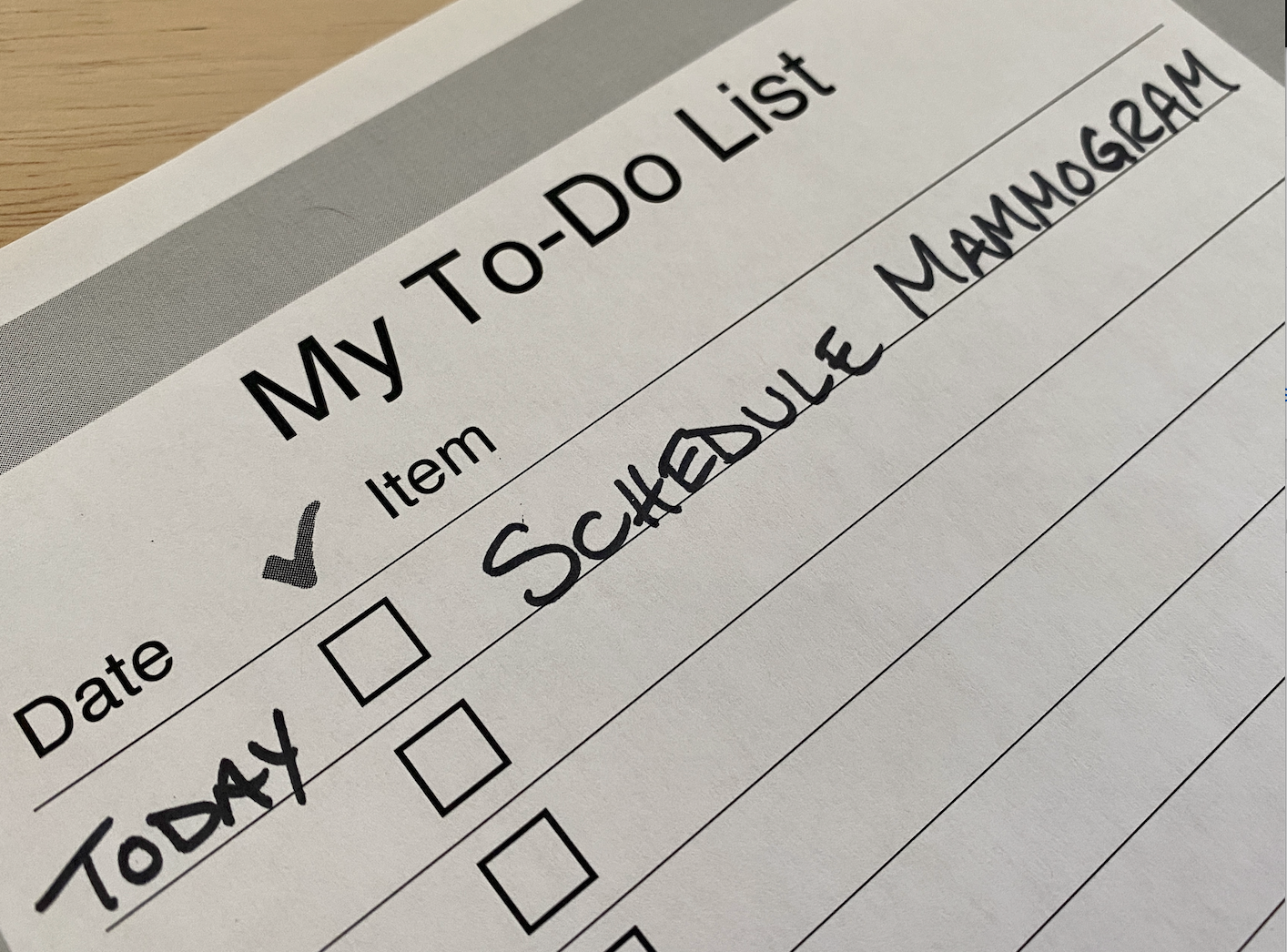Mammograms are a crucial part of breast cancer screening, helping to detect cancer early when it is most treatable. Despite their importance, many people worry about the discomfort associated with the procedure. Fortunately, there are several science-backed strategies to make your mammogram as painless as possible.
This guide provides essential tips to help you prepare for a more comfortable mammogram experience based on expert recommendations and research.
Why Can Mammograms Be Uncomfortable?
Mammograms require the compression of breast tissue between two plates to create a clear X-ray image. While this compression is necessary for accuracy, it can sometimes cause discomfort or pain, especially for those with sensitive breasts or lower pain tolerance. Factors influencing discomfort include the timing of your menstrual cycle, stress levels, and even the expertise of the technician performing the exam (American Cancer Society, 2023; Mayo Clinic, 2023).
Top Tips to Minimize Mammogram Discomfort
1. Schedule Your Mammogram at the Right Time
Research indicates that timing can significantly affect the level of discomfort during a mammogram. Experts recommend scheduling your mammogram about 7-14 days after the start of your menstrual cycle when your hormone levels are more stable and your breasts are least tender (National Cancer Institute, 2023). Avoid scheduling your appointment in the week before your period, when hormonal changes can increase breast sensitivity.
2. Reduce Caffeine and Salt Intake Before Your Appointment
Reducing caffeine and salt intake in the days leading up to your mammogram can also help decrease breast tenderness. Caffeine, found in coffee, tea, and chocolate, can cause breast tissue to feel lumpier and more sensitive. Similarly, high salt consumption can lead to water retention, making the breasts swell and feel more tender (Johns Hopkins Medicine, 2023).
3. Consider Taking an Over-the-Counter Pain Reliever
According to the Mayo Clinic (2023), taking an over-the-counter pain reliever like ibuprofen (Advil) or acetaminophen (Tylenol) about 45-60 minutes before your mammogram can help reduce the discomfort associated with breast compression. It’s best to avoid topical numbing creams, as they might interfere with the imaging process and reduce the clarity of the results.
4. Wear Comfortable, Easy-to-Remove Clothing
On the day of your mammogram, it’s a good idea to wear a two-piece outfit. This way, you’ll only need to remove your top for the exam, which can make the process more convenient and less stressful. Additionally, avoid applying deodorant, lotions, or powders under your arms or on your breasts, as these can appear as white spots on the X-ray images, affecting the results (American College of Radiology, 2023).
5. Communicate with Your Technician
If you’re feeling anxious or have a low pain tolerance, let the technician know before the procedure begins. According to the American Cancer Society (2023), open communication can help the technician make adjustments, such as applying slower and more gradual compression, which can significantly reduce discomfort. Never hesitate to ask for breaks if you feel too much pressure.
6. Practice Relaxation Techniques
Deep breathing exercises can be an effective way to manage the stress or anxiety that you might feel before and during the mammogram. Research has shown that simple relaxation techniques, such as slow, deep breaths, can help lower your stress levels and make the procedure feel less intense (Cleveland Clinic, 2023). Staying relaxed not only helps ease the physical discomfort but also improves the quality of the images taken.
Frequently Asked Questions About Mammogram Preparation
Q: Is there a best time of day to schedule a mammogram?
A: There isn't a universal best time of day, but many people find that scheduling a morning appointment helps reduce anxiety since they’re less likely to experience delays and are more relaxed earlier in the day (Mayo Clinic, 2023).
Q: Should I eat before my mammogram?
A: Yes, you can eat normally before your mammogram. Maintaining regular eating habits can help keep your blood sugar levels stable, which can reduce stress and make you feel more at ease during the procedure.
Q: Can I wear deodorant or lotion on the day of my mammogram?
A: Avoid using deodorants, lotions, or powders on the day of your mammogram. These products can contain substances that may show up on the X-ray as white spots, potentially leading to a misreading of the results (American College of Radiology, 2023).
What to Do After Your Mammogram
Once your mammogram is complete, you can resume your normal activities. Some individuals may experience mild soreness or tenderness in the breast area, which usually subsides within a few hours. If the pain persists or if you notice significant bruising, it is advisable to consult your healthcare provider for further guidance (Cleveland Clinic, 2023).
Works Cited
- American Cancer Society. (2023). Mammograms: What You Need to Know. Retrieved from https://www.cancer.org/
- Mayo Clinic. (2023). Mammogram Overview. Retrieved from https://www.mayoclinic.org/
- National Cancer Institute. (2023). Breast Cancer Screening. Retrieved from https://www.cancer.gov/
- Johns Hopkins Medicine. (2023). Reducing Breast Tenderness Before Mammograms. Retrieved from https://www.hopkinsmedicine.org/
- American College of Radiology. (2023). Guidelines for Mammogram Preparation. Retrieved from https://www.acr.org/
- Cleveland Clinic. (2023). Managing Mammogram Anxiety and Discomfort. Retrieved from https://my.clevelandclinic.org/





















Leave a comment